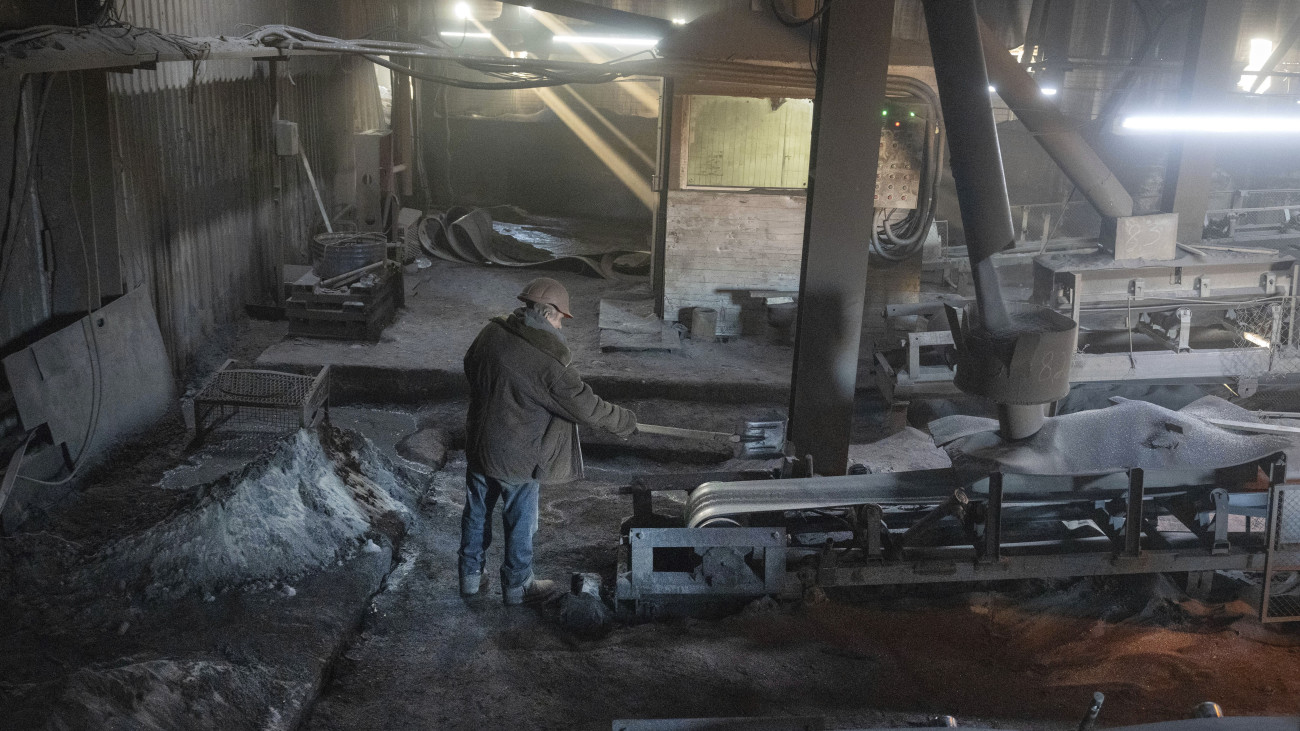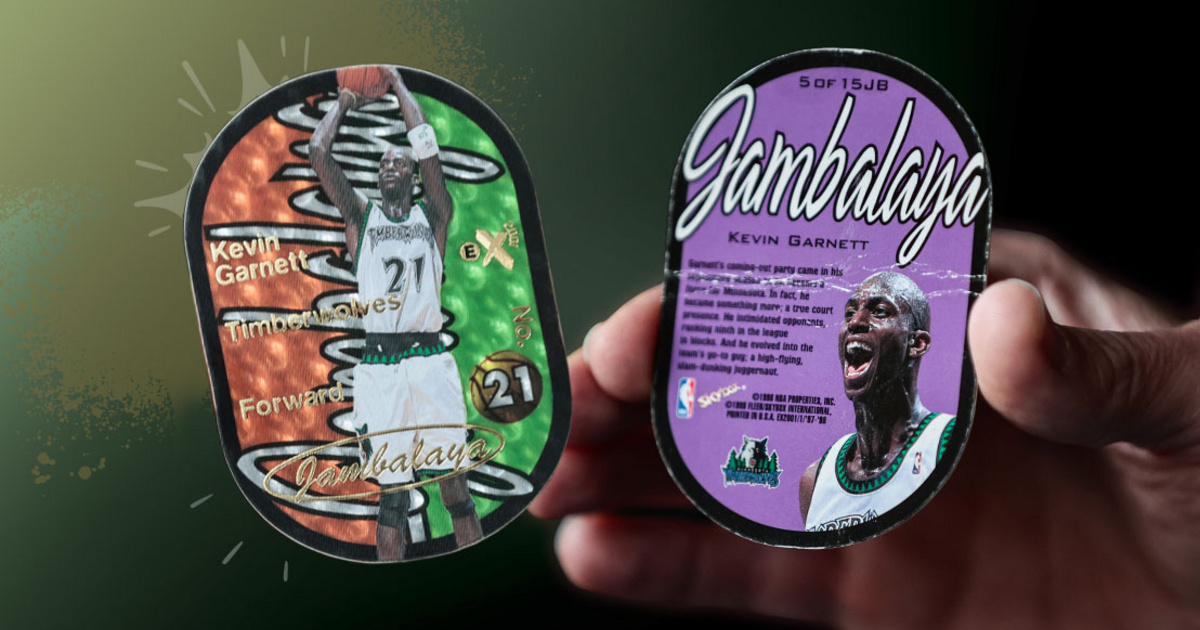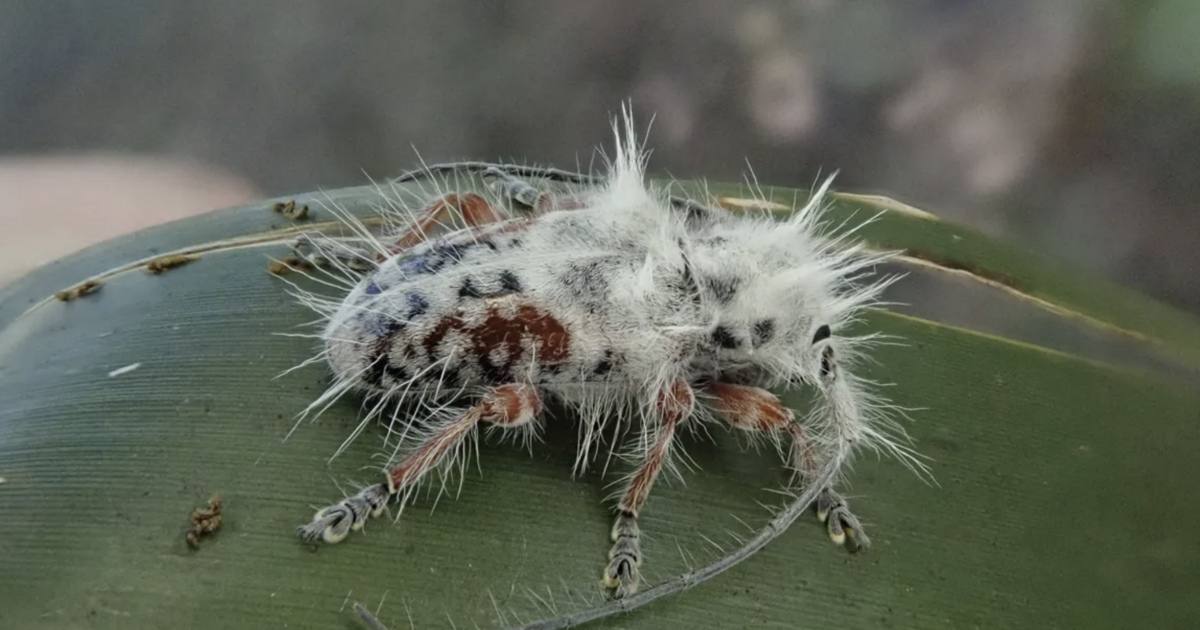In the world of the Australian rainforest, animals with fearsome behaviors or those that remain hidden have a slightly better chance of survival. But there are also some creatures whose appearance is so strange that even hungry predators would not risk eating them.
A prime example of the latter tactic was recently found in the form of a punk-looking Australian beetle. IFL Science He described it as looking like “a cross between bird droppings and an infected corpse.”
The strange long-horned beetle was discovered by a research team from the University of Queensland in the rainforests of Australia's Gold Coast during a recent expedition. Although the beetle has since been identified as a new species, it went almost unnoticed because researchers mistook it for bird droppings.
I was walking around the Binna Burra Lodge campsite one morning and a leaf caught my eye. To my utter surprise, I found the most unusual and most delicate longhorned beetle I had ever seen. He was 9.7mm tall, a stunning red and black beauty covered in long white hair
After returning from the expedition, Tweed searched scientific papers to see what species the beetle might belong to, but was unable to find a match, said James Tweed, a doctoral candidate at the University of Queensland who made the discovery.
Searching for answers about the mysterious species, he posted photos of the insect to a Facebook group for insect enthusiasts. Although the post sparked a lot of interest, no one was able to identify the insect.
After contacting the Australian National Entomology Group in Canberra, Tweed finally confirmed this
The beetle is completely different from all other species, it is a completely new species that also belongs to a new genus.
The name Excastra was chosen for the genus, which means “from the camp” in Latin, and Albopilosa was chosen for the species name, which translates to “white and hairy.”
As for the unusual appearance, researchers believe it could be an example of Batesian imitation. It's an evolutionary trick used by harmless species to appear more dangerous than they really are.
The fine white hairs covering the beetle likely evolved to make the insect look like it was infected with a pathogenic fungus, which is not a very appetizing sight for birds. However, Tweed noted that they cannot determine why this beetle is so hairy.














































